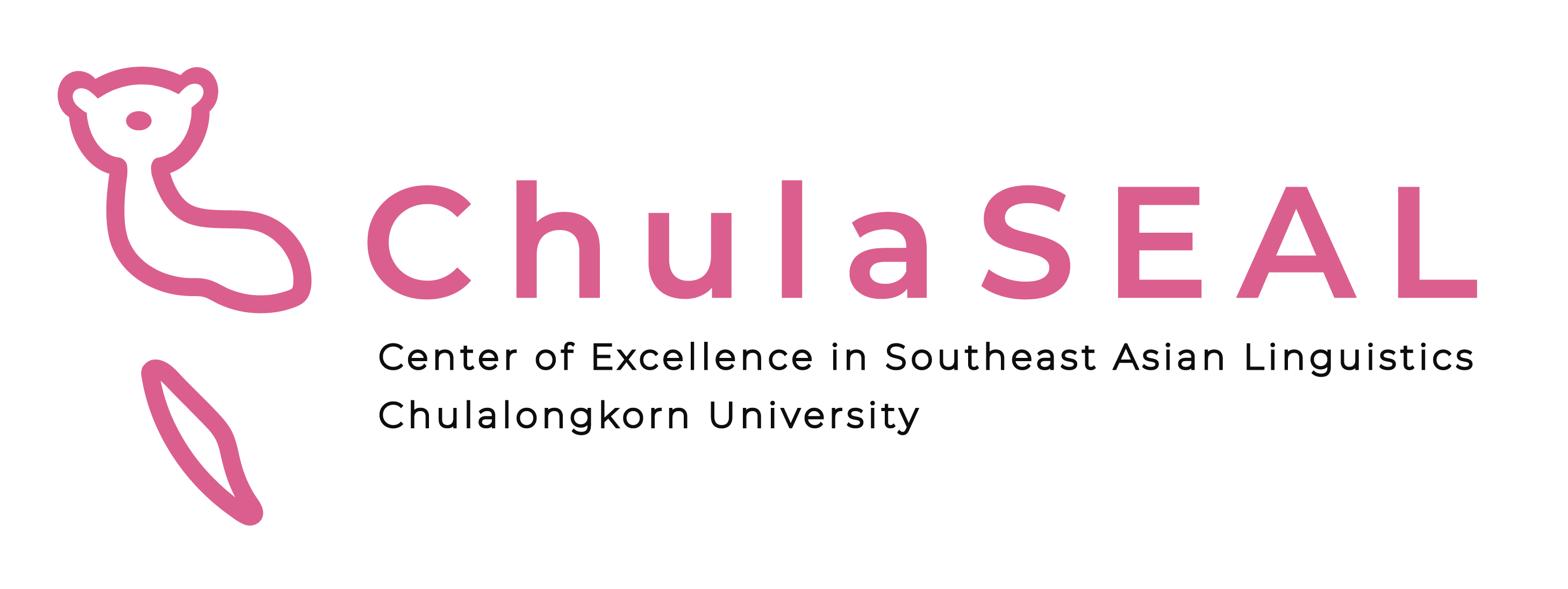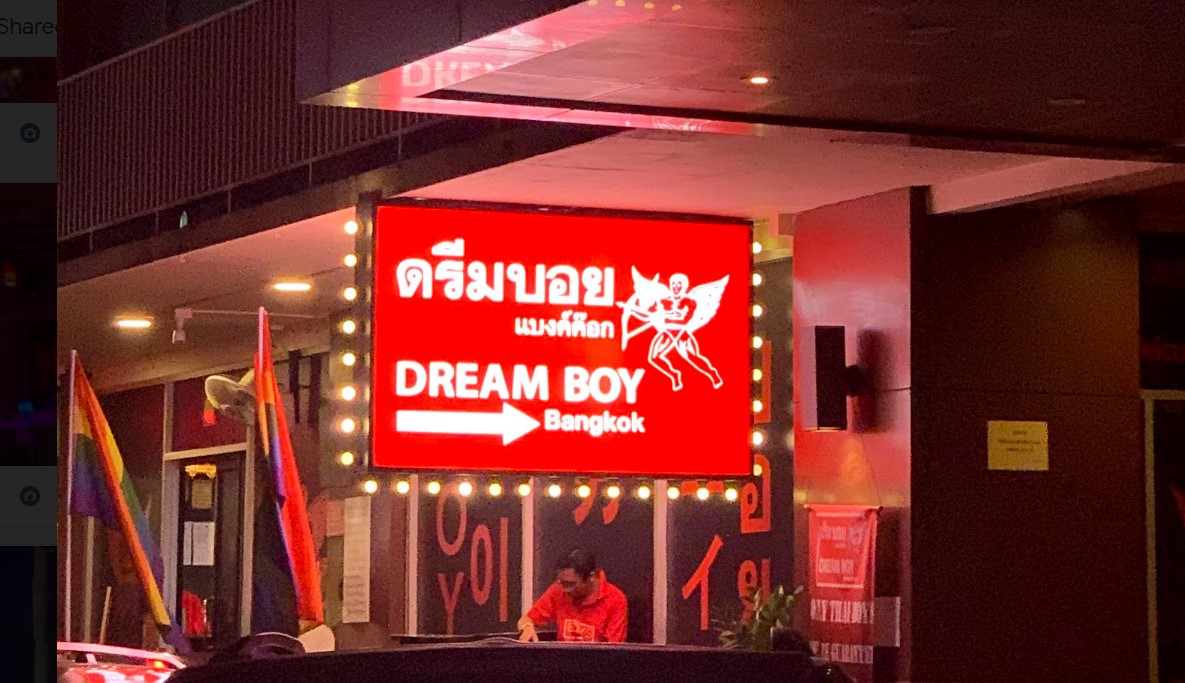This chapter examines the construction of gender identity through linguistic means among kathoey, male-to-female transgenders in Thailand. It aims to illustrate how kathoey use self-reference terms, which are gendered in Thai, to position themselves in Thai society. Overall pattern of self-reference term use in an online dataset among kathoey and among women were compared. First-person pronouns are used most frequently by both groups. Feminine pronouns are favored to a much greater extent by kathoey than by women. The two groups attend to different aspects of feminine pronouns and make use of those aspects for taking different stances. Kathoey renegotiate certain feminine pronouns, making them become part of their habitual use indexing femininity, while women use such forms to take certain interactional stances. These findings show that language participates in the indexation of gender identity in Thailand. Particularly, language is a means of constructing femininity for kathoey.
Kathoey and the Linguistic Construction of Gender Identity in Thailand
ChulaSEAL author(s):
APA: Saisuwan, P. (2016). Kathoey and the linguistic construction of gender identity in Thailand. In E. Levon, and R. Mendes (Eds.), Language, sexuality and power: Studies in intersectional sociolinguistics (pp.189-214). Oxford: Oxford University Press.
DOI:

